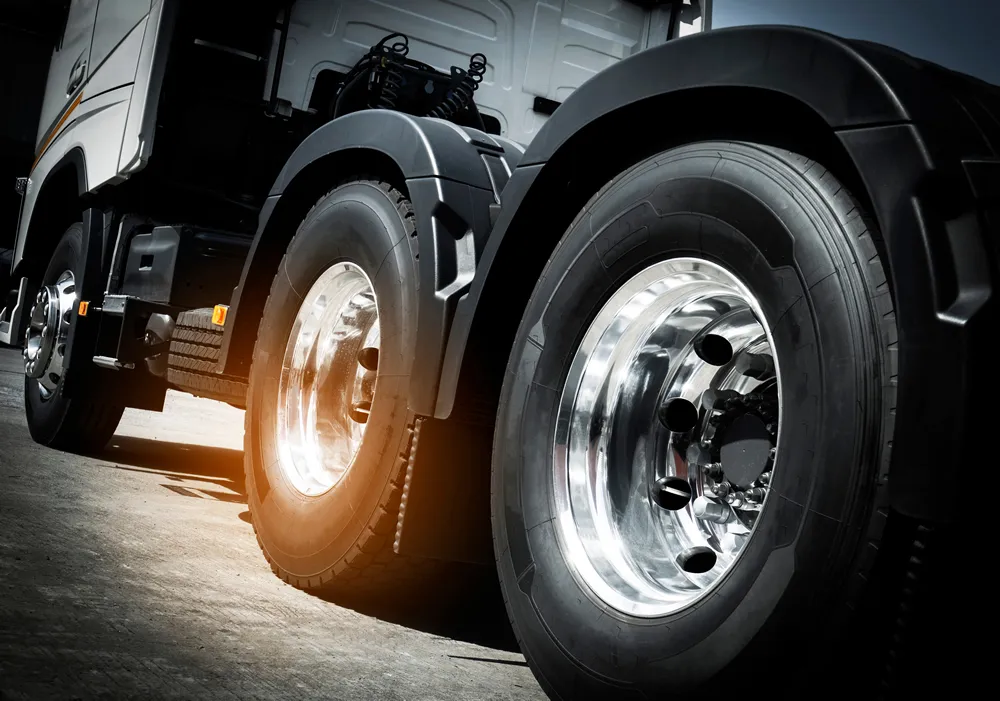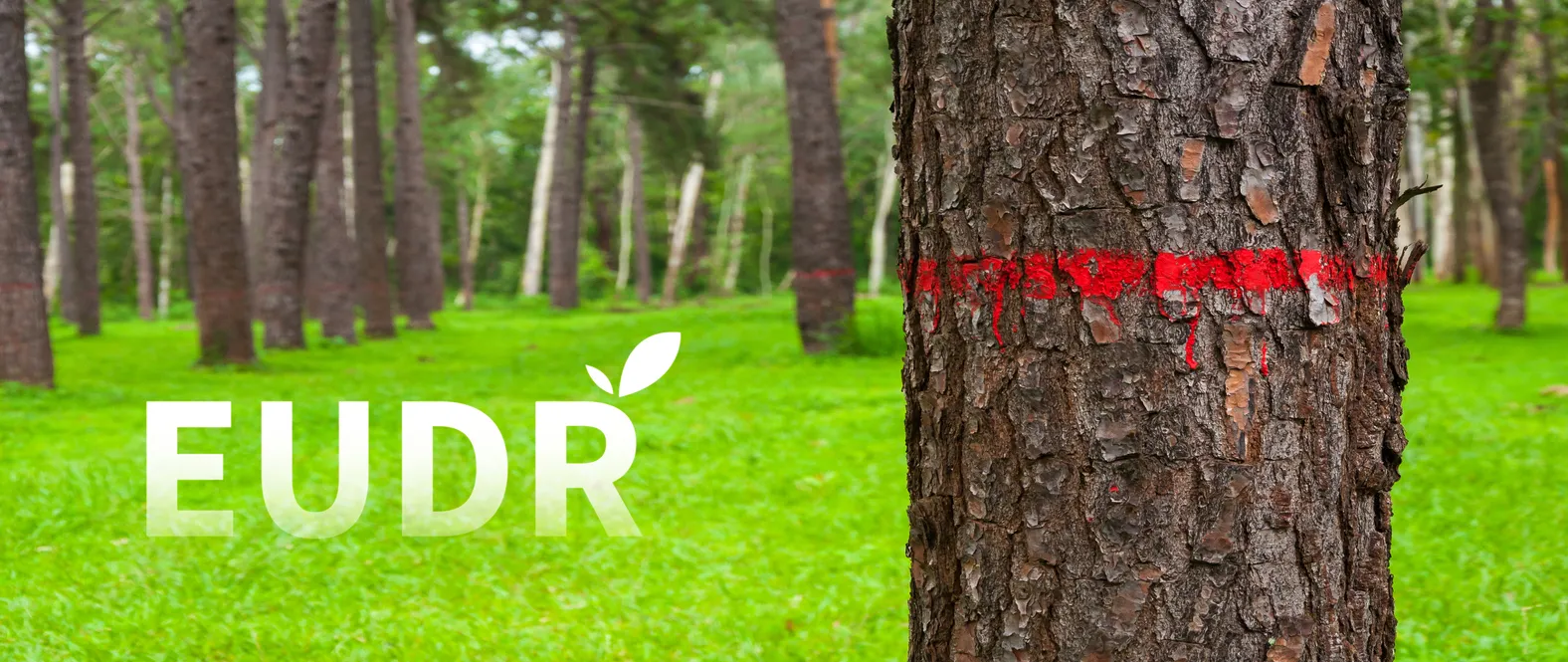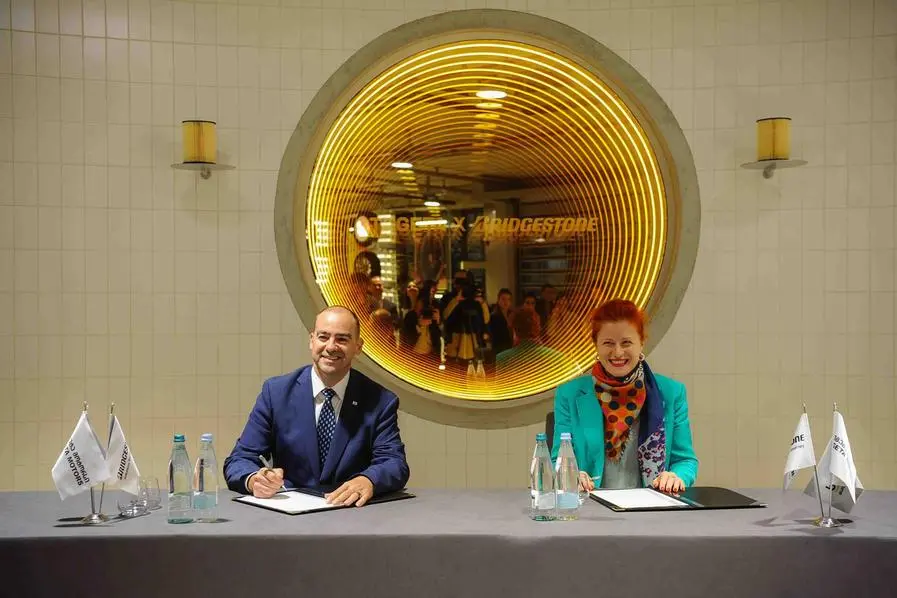On September 5th, BIPAVER published its support for the EU Commission’s proposed “Circular Economy Act” as a part of the commission’s initial call for evidence and public consultation for the planned legislation.
Industry group urges EU to recognise tyre casings as raw materials and remove regulatory barriers to circular solutions
In its statement, BIPAVER said, “BIPAVER supports the EU Commission’s initiative to improve the conditions for implementing the circular economy and making better use of secondary raw materials. Tyre retreading plays a decisive role in reducing waste and implementing the circular economy in the tyre sector. Retreading is currently represented in the commercial vehicle sector with a market share of around 30% in the European replacement market.”
The Circular Economy Act, which is due for implementation in 2026, seeks to develop a single market for secondary raw materials, assist in increasing the supply of quality recycled materials and drive demand for these materials across the EU states. At its core, the legislation is attempting to speed up the transition to a more circular economy. As part of the regulatory process, the Commission started its feedback period on the 1st of August 2025 and will be accepting evidence until the 6th of November.
As part of its comments, BIPAVER underlined the key role tyre retreading already plays in the circular economy, as it stressed how retreads reuse original materials, cut resource extraction and reduce water consumption and pollution. “Compared to a non-retreadable low-end tyre, a retreaded tyre enables savings of: 70% natural resource extraction (ore, oil…), 29% land use, 24% CO2 emissions, 21% air pollution and 19% water consumption,” stated BIPAVER.
Besides highlighting the retreading industry’s ongoing and historical contribution to the Circular Economy, BIPAVER also detailed the challenges that the retreading industry is facing and how they should be considered as part of the implementation of the regulation.
The challenges mentioned in BIPAVER’s feedback will come as no surprise to our readers, but needless to say, they have to be reported when lodging feedback in a public consultation such as this one by the European Commission. BIPAVER’s comments from its published feedback are detailed below:
- The retreadable carcasses, the worn tyres that form the basis for retreaded tyres, must not be treated as “waste”, but as a high-quality raw material.
- The classification of retreadable carcasses as “raw material” (being the base of every retreaded tyre) instead of waste would facilitate the intra-European transportation of these carcasses.
- For many years, retreaded commercial vehicle tyres have proven to be a sustainable product and an equivalent replacement for new tyres in many areas of application. Cheap, generally non-retreadable new tyres from Asia have increasingly pushed retreaded tyres out of the market and severely damaged the retreading industry.
- For this reason, their use should be supported and promoted by politics as a significant contribution to strengthening the “RE-USE” case prioritised in the recycling hierarchy.
- Especially in public sector tenders, which often concern wear-intensive urban tyre applications (city buses, refuse collection, street cleaning, building yard vehicles, etc.), retreaded tyres are currently excluded in many tenders or new tyres are preferred.
- In other areas of freight transport, retreaded tyres could also make an important and directly effective contribution to the goals of the circular economy. A potential that has unfortunately only been insufficiently exploited to date.
- Many EU directives, e.g. on taxonomy (Delegated Regulation (EU) 2023/2485) or energy efficiency (Directive (EU) 2023/1791), require certain energy efficiency or noise emission classes for the use of tyres in relation to the EU tyre label (Tyre Labelling Regulation (EU) 2019/40), which retreaded tyres cannot currently meet. There is currently no EU tyre label for retreaded tyres, which means that their application is de facto excluded. Here too, the retreaded tyre should be recognised as an “eco-product” even without an EU tyre label.
The regulatory gap and discrimination that the tyre retreading industry suffers from, thanks to the current EU tyre labelling regulations and its position as a proxy for sustainability, has been extensively reported on in Retreading Business over the summer months in our taxonomy and tyre labelling special reports.
As well as this, the sector’s historical competition with cheap single-life imports from abroad has been well-known for about 20 years now.
It was noteworthy to see the stress put on the legal classification of casings and how they should not be classified as “waste” but as “high-quality raw materials”. If tyre casings that are retreadable are classified more widely as a secondary raw material, this should, in theory, facilitate the movement of casings within the EU and subsequently mean that the casings don’t trigger strict waste shipment rules.
With the consultation period for the Circular Economy Act running until November, BIPAVER’s submission ensures that retreading and the barriers it faces in its recovery stay firmly in the spotlight.







